Safe Work Australia’s 2025 National Return to Work (NRTW) Survey results have been released. The findings provide critical insights for improving return to work outcomes and ensuring more equitable support for all injured workers.
The survey findings show a decline in the rate of injured workers returning to work, with notable differences between outcomes for workers with physical and psychological injuries. Key findings include:
- the National Return to Work Rate fell to 88.9% in 2025, down from 91.6% in 2021
- workers with physical injuries had a higher return rate (90.2%) than those with psychological injuries (76.5%)
- most workers (64.7%) returned to the same duties, but only 53.4% resumed their previous hours—a drop from 58.1% in 2021
- there was a greater likelihood of an injured worker returning to work when employers helped their injured worker manage their injury or illness before they lodged a claim.
A range of resources are available to support the launch of our survey data.
NRTW Survey factsheet
The NRTW Survey factsheet has been developed to showcase key findings related to return to work experiences at a national level. Read the NRTW Survey factsheet on our NRTW Survey page.
NRTW Survey Analysis Report
The NRTW Survey Analysis Report provides more detailed insights with a focus on the drivers that contribute to successful return to work outcomes. See the full report on our NRTW Survey page.
Updated NRTW Survey Dashboard
You can explore the updated datasets form our National Return to Work survey to find the information you need by visiting our interactive data dashboard. For more information, visit our data website.
Links in this article:
- 2025 National Return to Work (NRTW) Survey results
- NRTW Survey Factsheet
- NRTW Survey Analysis Report
- NRTW Survey Interactive data dashboard
